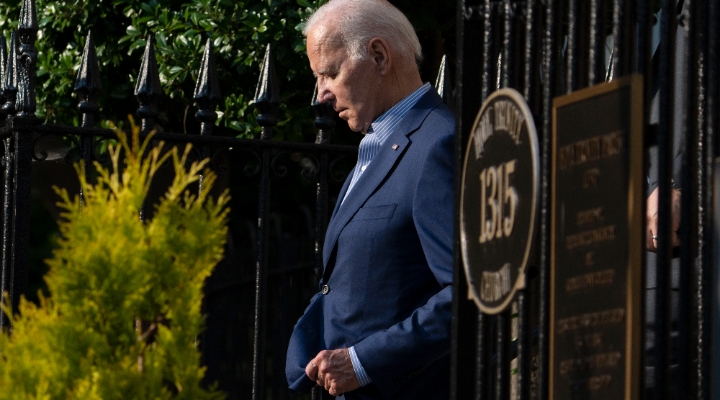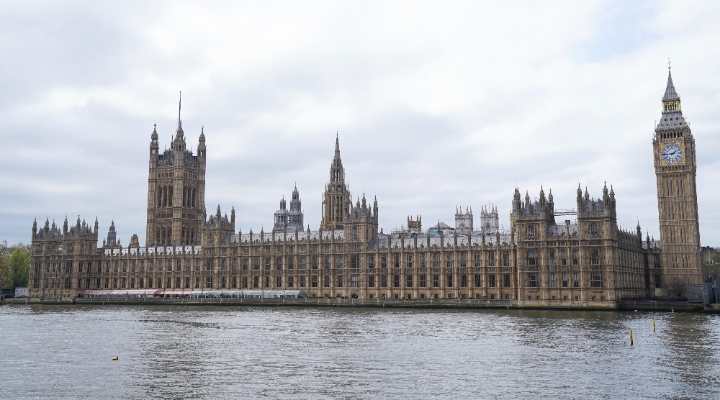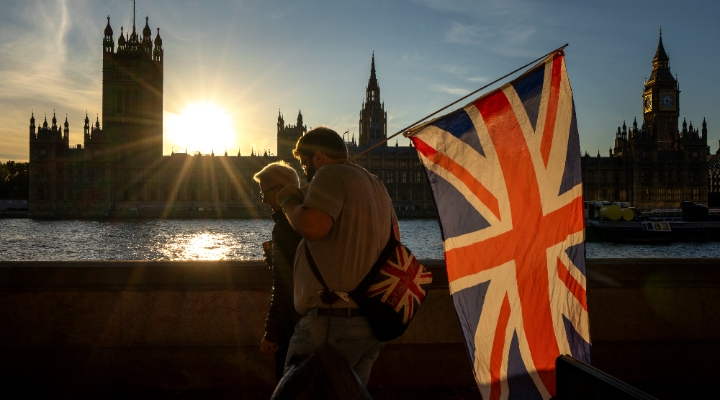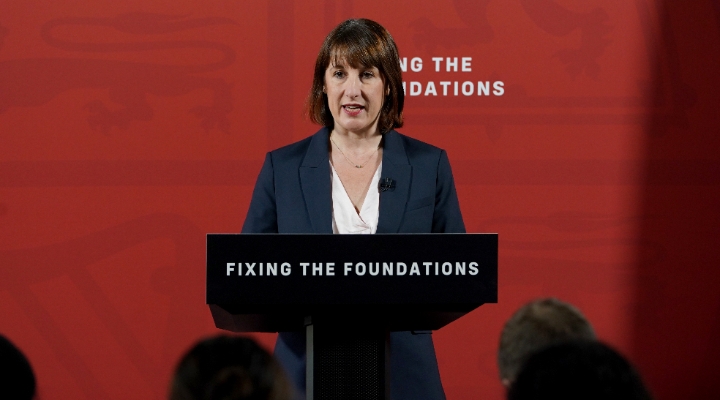
Even as upward pressure on prices remained strong in May, the latest reading from the Consumer Price Index (CPI) report showed further signs inflation is softening.
The good news for consumers is the annual rate of inflation is now the slowest it has been in two years, with the inflation index up 4% in May from year-ago levels – the smallest increase since March 2021.
"Inflation is plausibly turning a corner, and there’s still much deflationary momentum in the pipeline," says Preston Caldwell, chief US economist at Morningstar.
Caldwell notes that over the last three months, inflation as measured by the CPI is already tracking close to the Federal Reserve’s 2% target on an annualised basis.
"The effects from the Fed’s rate hikes are far from fully playing out in the real economy," he says. "Today’s report very likely means the Fed will refrain from a rate hike in tomorrow’s meeting.”
Caldwell forecasts that inflation will fall dramatically over the next year, and he expects the Fed to begin cutting interest rates by the end of 2023.
CPI Report Shows Inflation Moderating
The Bureau of Labor Statistics reported that the CPI rose 0.1% in May from the previous month – slower than economists’ forecasts and a slowdown from the 0.4% rise in April.
Excluding volatile food and energy costs, CPI rose 0.4% in May, in line with economists’ forecasts and at the same pace as both April and March.
Under the hood, though, core prices have remained well above where the Fed wants them. Rising shelter prices, a strong jobs market, and used-car prices are keeping things elevated.
The Fed is meeting on 13 and 14 June to determine its next steps against this backdrop of moderating but still-high inflation. In the bond market, most investors expect the Fed to hold the federal-funds rate at its current target of 5.00%-5.25%. At the same time, another rate hike is still believed possible in July, as expectations have faded that the Fed will lower rates in 2023.
Key Inflation Stats For May
• CPI rose 0.1% for the month versus 0.4% in April.
• Core CPI rose 0.4%, the same reading as both April and March;
• CPI rose 4.0% year over year after rising 4.9% in April;
• Core CPI rose 5.3% year over year after rising 5.5% in April.
Digging deeper into the May report, shelter was the largest contributor to rising prices, followed by used cars and trucks. Food prices rose in May, led by food away from home (restaurant prices), which rose 0.5% from month-ago levels. Energy prices declined.
Headline Inflation Now in Line With Fed Target
Overall CPI inflation has averaged just 2.2% annualised over the past three months by Caldwell’s measure. "That’s the lowest rate since 2020, and it’s right in line with the Fed’s 2% inflation target," he says.
While core inflation, which excludes the volatile food and energy components, has remained stubbornly high, Caldwell says the cessation of food price inflation and the large drop in energy prices have both helped push down the overall inflation rate.
"Lower energy prices largely reflect lower household utility bills (electricity, gas) on the back of the collapse in natural gas prices, which occurred earlier this year,” he explains.
"The energy price deflation is temporary, which is why analysts focus most on the core inflation rate," Caldwell says. "But by reducing economywide inflationary momentum, falling energy prices could have a more lasting effect."
Elevated Core Inflation Persists
Core inflation has averaged a 5% annualised rate in the past three months, Caldwell says.
"That’s still much too high, though it’s showing no signs of accelerating," he adds.
Shelter inflation is starting to subside, in line with Caldwell’s expectations, dropping to 6.3% from a peak of 9.5% in February. But core inflation excluding shelter has risen, he says, driven almost entirely by a rebound in used-car prices.
"We were especially surprised to see this continue in May, given that the Manheim Used Vehicle Value Index – a measure of wholesale prices – has posted two consecutive declines," Caldwell says.
Without the rise in used car prices in May, the core inflation rate would’ve been 0.3% month over month, according to Caldwell.
"We expect to see used-car inflation drop to zero in coming months and eventually dip back into negative territory, which will help push core inflation down significantly," he says.
Caldwell does see early signs of a reduction in core services inflation excluding shelter and healthcare, which he says may be a good measure of underlying inflationary momentum in the economy. Inflation in this category has dropped to 4.7% annualised in the past three months by his measure, down from 8% in March.
"But this category is very volatile,” he says.
In May, shelter prices rose 0.6% after rising 0.4% in April. Prices for used cars and trucks saw another month of gains, rising 4.4% from month-ago levels. New-vehicle prices fell 0.1% after falling 0.2% in April.
Energy prices fell 3.6% overall for the month after rising 0.6% the previous month. Within the energy component for May, gasoline prices fell 5.6% and fuel oil prices dropped 7.7%.
Fed Expected to Pause Rate Hikes
"After today’s report, there’s little reason for the Fed to deviate from its expected decision of not hiking the federal-funds rate in tomorrow’s meeting," Caldwell says.
"In our view, the Fed should be done hiking for good, as the effects of prior interest-rate hikes still have a long way to play out in terms of economic activity and inflation."
Markets are split on whether the Fed will hike rates in its July meeting, but Caldwell thinks it will likely continue the pause, "assuming lower used car prices help push down core CPI, which will assuage the inflation pessimists."
For now, nearly all market participants (95%) expect the federal-funds effective rate target to hold steady at its current range of 5.00%-5.25% at the 13 and 14 June meeting, according to the CME FedWatch Tool’s reading as of 9am Eastern time. A month ago, only 85% of participants foresaw the rate holding steady, with the remaining 15% expecting the Fed to issue a quarter-point hike.
Further out, expectations are split over where the Fed will hold interest rates by the end of the year, with 42% of market participants expecting the target rate to stay at its current range through December, according to the CME FedWatch Tool.
Roughly 30% of participants expect the Fed to raise the rate target to a range of 5.25%-5.50% by December, with an additional 4% expecting an even higher target of 5.50%-5.75%. On the flip side, 19% foresee the Fed lowering its target rate to a range of 4.75%-5.00%.
This article originally appeared on Morningstar.com and has been edited and republished for a UK audience. The author or authors do not own shares in any securities mentioned in this article. Find out about Morningstar’s editorial policies here.




























